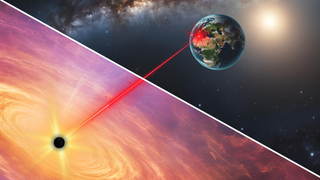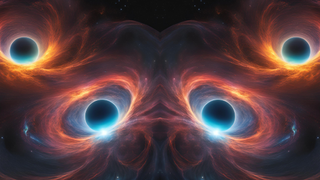Black holes
Latest about Black holes
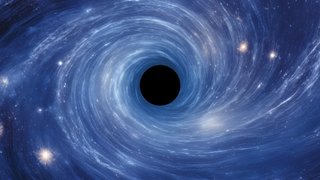
Black holes may obey the laws of physics after all, new theory suggests
By Robert Lea published
A new recipe for black holes could do away with central singularities, saving the laws of physics from troubling infinities.
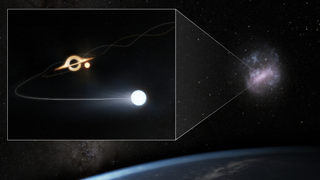
Hidden monster black hole in the galaxy next door fired stars at us like million mph cosmic bullets
By Robert Lea published
A hidden monster black hole in the Large Magellanic Cloud fired runaway stars at the Milky Way at millions of miles per hour.
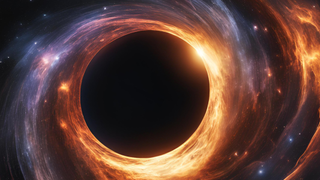
How do black holes 'leak' energy? Scientists have a new spin on the answer
By Robert Lea published
Scientists have discovered more about the process that causes black holes to "leak" energy to their surroundings, finding the faster they spin, the more energy is extracted.
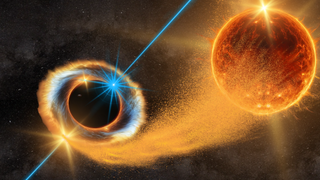
Black holes snacking on small stars create particle accelerators that bombard Earth with cosmic rays
By Robert Lea published
Gamma rays detected by NASA's Fermi spacecraft indicate that microquasars are powered by small black holes slowly devouring stars. They pack quite a punch, bombarding Earth with cosmic rays.
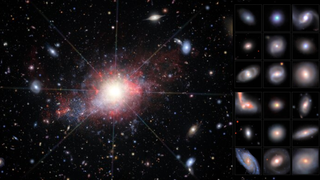
Largest-ever discovery of 'missing link' black holes revealed by dark energy camera (video)
By Robert Lea published
Using a revolutionary dark energy camera, astronomers have discovered the largest haul of "missing link" intermediate-mass black holes ever seen, but there should have been more.
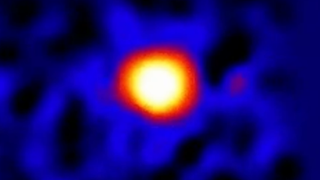
James Webb Space Telescope finds our Milky Way galaxy's supermassive black hole blowing bubbles (image, video)
By Robert Lea published
Using the James Webb Space Telescope, astronomers have taken a detailed look at the supermassive black hole at the heart of the Milky Way, Sgr A*, finding it endlessly blowing bubbles.
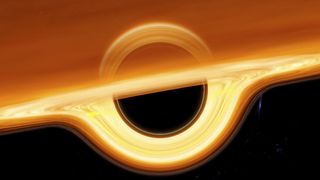
Black holes: Everything you need to know
By Nola Taylor Tillman, Daisy Dobrijevic last updated
Reference Black holes are some of the most fascinating objects in the universe.
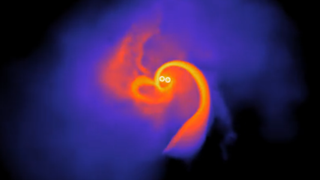
Black holes vibe together in a cosmic love story for Valentine's Day written in the stars
By Robert Lea published
Researchers have discovered that black holes engage in a cosmic dance and a star-lit meal to vibe with each other in a cosmic love story fit for Valentine's Day.
Get the Space.com Newsletter
Breaking space news, the latest updates on rocket launches, skywatching events and more!
